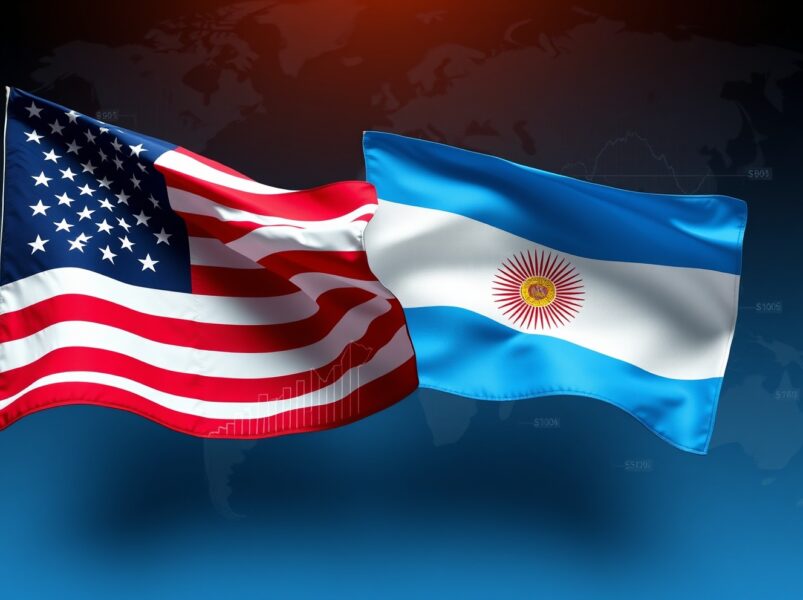Update (Nov. 21, 2025, at 7:00 am UTC): This article has been updated to add commentary from an Aztec representative.
Ethereum layer-2 network Aztec launched its mainnet Wednesday — albeit with partial functionality — marking the launch of one of the few fully decentralized networks in the ecosystem.
According to an Aztec email viewed by Cointelegraph, Aztec has launched its “Ignition” mainnet chain, a functional consensus-producing chain that generates blocks, but without the smart contract execution layer.
According to L2Beat, only the trustless, optimistic rollup network Facet v1 and Aztec’s old decentralized finance (DeFi) anonymization project, Zk.Money are classed as a stage 2 system with full decentralization.
Together with Facet, Aztec is among the few protocols with no centralized “training wheels,” as ownership of the rollup contract was renounced, and Aztec is neither a rollup processor nor an operator. Users or third parties must run the rollup system themselves to withdraw or transact.
In an email sent to the Aztec mailing list subscribers, the Aztec team highlighted that “neither the Aztec Foundation, core team, nor investors can run nodes, stake, or participate in governance for the next 12 months.” “This makes Aztec the first community-launched L2 in Ethereum history,” the team told subscribers.
Source: AztecAn Aztec spokesperson told Cointelegraph that blocks are issued every 72 seconds, or just over a minute. Still, “as we monitor network performance and the community builds confidence in the network’s stability, we are targeting 3-4s blocks by the end of 2026,” with the change being implemented in stages.
Related: You call that decentralized? Layer 2s are destroying crypto
Aztec staking is now live
Aztec staking is now available to holders, allowing them to participate in network consensus, earn block rewards and shape governance decisions. The email suggests that early stakeholders receive higher rewards because “early participants benefit from distributing block rewards amongst fewer stakers.”
The staking dashboard indicates that 107.2 million AZTEC tokens are currently staked. Both the investors and the development team are currently barred from staking, so it is likely that those funds are sourced from the 200 million AZTEC sold in the genesis sequencer sale, which targets whitelisted community members explicitly to bootstrap the mainnet.
The minimum stake amount (also applicable to delegated stakes) is 200,000 AZTEC, equivalent to about $6,000 at the prices of the ongoing community-only Continuous Clearing Auctions phase. Still, the tokens may be sold at higher prices than the current $0.03 per AZTEC if demand increases.
Related: Vitalik tells Ethereum L2s ‘Stage 1 or GTFO’ — Who makes the cut?
The ongoing token sale
Aztec is currently in the whitelisted community members-only phase of its token sale, attracting $2.77 million worth of assets from 2,209 unique bidders since its opening on Nov. 13. This phase will close on Dec. 1, just before the public sale starts on Dec. 2 and closes on Dec. 6.
Aztec token sale dates. Source: AztecThe tokens purchased through the sale will be locked for a minimum of 90 days and up to 12 months, depending on whether the community votes to release them early. The sale will distribute 1.547 billion tokens, representing 14.95% of the total supply.
Aztec claims that the token sale is taking place at a 75% discount relative to the implied network valuation from previous fundraising efforts. According to ICO Drops data, Aztec raised $2.1 million in its seed round, $17 million in its Series A, and $100 million in its Series B funding rounds. Backers include Ethereum co-founder Vitalik Buterin, Coinbase Ventures, Paradigm, Consensys, Andreessen Horowitz and HashKey Capital, among others.
Still, Aztec’s own token sale disclaimer warns that “any reference to a prior valuation or percentage discount is provided solely to inform potential purchasers of how the initial floor price for the token sale was calculated.” The floor price currently stands at 0.000010 ETH, or about $0.03 per AZTEC — putting the project at a fully diluted valuation of $310 million. An Aztec spokesperson also confirmed that unsold tokens will return to the foundation treasury.
On Dec. 6, a Uniswap pool containing 273 million AZTEC (2.64% of supply) will go live to bootstrap liquidity. Tokens bought on the secondary market will be tradable on Uniswap but non-transferrable until the community decides to unlock the supply.
Magazine: What are native rollups? Full guide to Ethereum’s latest innovation
Source: https://cointelegraph.com/news/aztec-launches-actually-decentralized-and-private-eth-l2-mainnet-almost?utm_source=rss_feed&utm_medium=feed&utm_campaign=rss_partner_inbound


